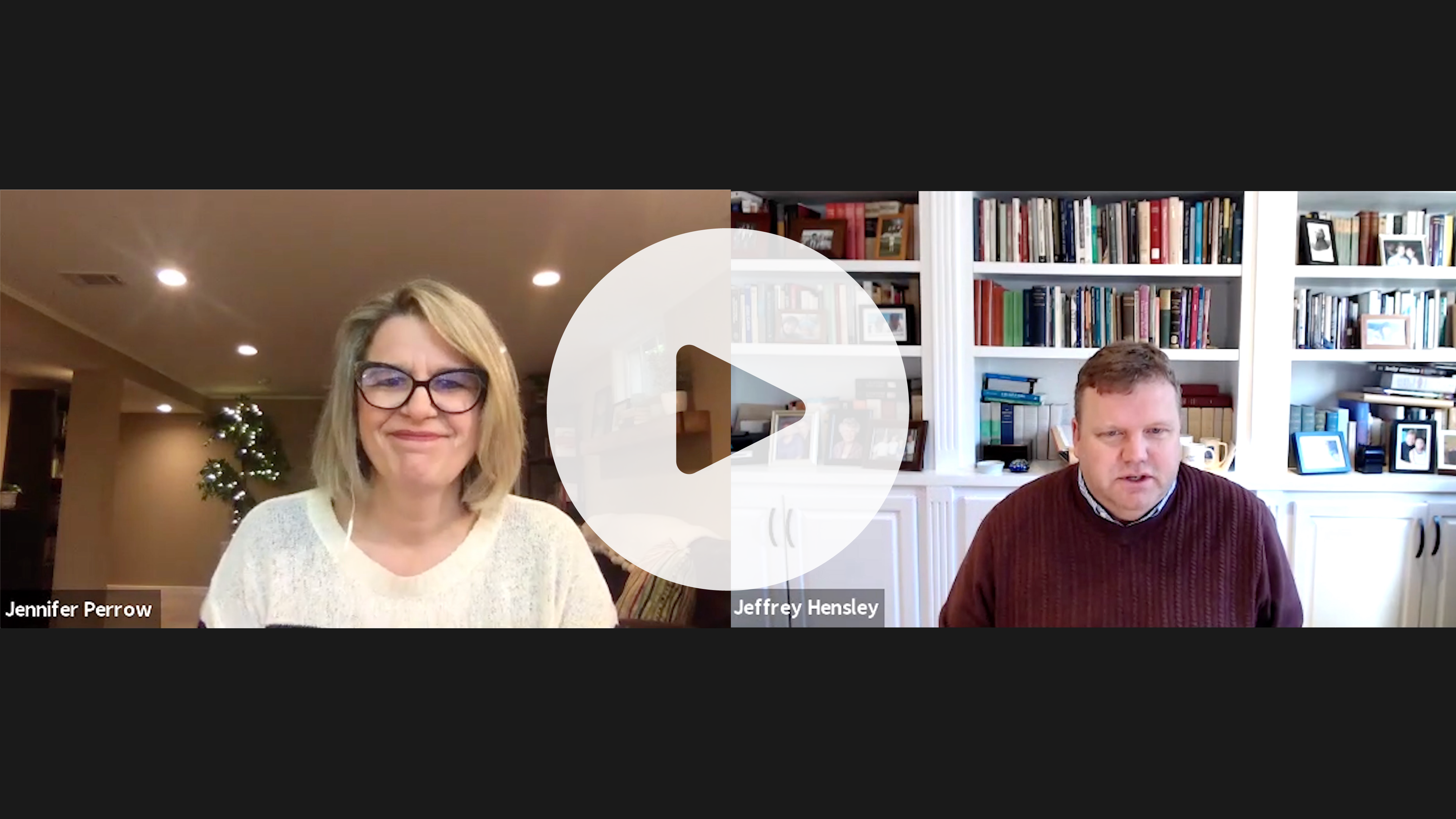Four Donor Communications Strategies to Yield Bigger Year-End Gifts
-5.jpeg?width=578&name=GN_Year_End_Resource_Blog_4%20(1)-5.jpeg)
It’s that time of year: mailboxes are crammed with Christmas catalogs and urgent requests for money from every non-profit organization. The same holds true for email inboxes—givers ignore and delete messages because there is too much noise.
So how do you get your messages to stand out from the rest and prompt those much-needed year-end gifts?
In our work with Executive Directors, Board Chairs, Educators, and Development Officers, we help organizations craft clear and compelling communications that catch the attention and the generosity of givers—especially at the end of the year.
Here are a few ways to get your donors’ attention in November and December:
1) ASK with Vision: Make it clear to the giver what your mission is and how their financial gift will make it happen.
- - “Our mission is to end youth homelessness in Seattle. Your gift this month will help us feed and house 600 teenagers living on the streets.”
- - “We educate tomorrow’s Christian leaders. Your gift by December 31 will provide scholarships for K-12 students who would not otherwise be able to attend (your school).
Note: Don’t beg for year-end funds to meet your budget—that’s not inspiring! Avoid language such as, “we are behind in our budget,” or “help us meet our shortfall.” Those desperate pleas do not result in meaningful donor relationships over the long haul (and if you’re that far behind, givers may question your effectiveness).
2) ASK at the Right Time. Pay attention to both calendar and context.
- -Email messages sent at 10am on Tuesday or Thursday (in the givers’ time zone) yield the highest open rate; weekend emails typically yield the lowest. That said: know your audience and test your messages to see what messages are opened (and which ones yield gifts) at the highest rates.
- -Be aware of what else is happening in the world—your organization needs to know what else is capturing your donors’ attention. If you have pre-scheduled an email and video ask to your primarily East-Coast audience, and then a hurricane pops up in that region — hit “pause” and wait for a better time. Your givers need to know that your organization cares about broader world events, not just its own interests.
Note: Don’t assume that one message is enough—it isn’t! Your givers are busy and need reminders. If your first year-end ask is an email in mid-November, consider following up with a letter or a phone call a few weeks later (and then again a few weeks later). Vary the delivery of the message, but don’t change the message itself too much. Make good use of every communication tool at your disposal: email, letters, phone calls, newsletters, websites, events, and more.
3) ASK for the Right Thing. Segment your audience to ensure you are asking the right people for the right thing and the right amount.
- -What do your givers care about most? (You should know this based upon giving history or personal relationship.) If you have a faithful group of older alumni who support the University’s Endowment, ask them to help meet a year-end Endowment Fund goal (and don’t forget to suggest non-cash gifts and estate plans). Younger alumni may respond better to a social media campaign encouraging entry-level gifts to support Scholarships.
- -Ask for gifts at the appropriate level. Givers should be invited to make a gift that proportionally matches or exceeds what they have given in the past. Invite people to “grow” in their giving by becoming monthly givers or challenge mid-level givers to double last year’s pledge.
Note: Don’t ask for major gifts in an email or a letter. Your organization’s top givers deserve a personal contact. Now is the time to get in front of your givers for a scheduled phone or in-person visit before the end of the year.
4) ASK with the Right Details. If you get the details wrong, you may miss the opportunity for a gift.
- -Make sure you have current contact information for your givers. A misspelled name, a letter addressed to a deceased spouse, or an old address show that you are not paying attention. Preferred names also matter — do your givers wish to be called “Dr. and Mrs. John Simpson” or “John and Annette”?
- -Hand-addressed letters with postage stamps are opened at significantly higher rates than other mail. We know organizations who throw “envelope-addressing events” and get volunteers engaged in preparing the year-end mailing.
- -Include a response device—make it easy for the giver to give! Put a link in email messages to take givers to an easy online giving platform, and always include a response envelope when sending direct mail.
- -P.S.—The P.S. is the most-read part of any letter — make sure your last sentence is strong. (Example: “P.S. Remember that you can set up easy monthly gifts here to support our students all year long.”)
Note: Don’t use fonts that are too small or write letters that are too long. Keep it brief, use bullet points and links, and use a simple and clear font that is easy for all to read.
Do you want help designing clear and compelling year-end communications that will result in new givers and bigger gifts? We can help! It’s not too late for us to help your school, university, non-profit, ministry, or church exceed its year-end giving goals.
This post was written by Senior Strategist Jennifer Perrow, CFRE.
Share this
You May Also Like
These Related Stories

3 Ways Your Non-Profit Can Leverage Tax-Advantaged Giving in 2021

Send Your Best-Ever Annual Giving Statement


No Comments Yet
Let us know what you think